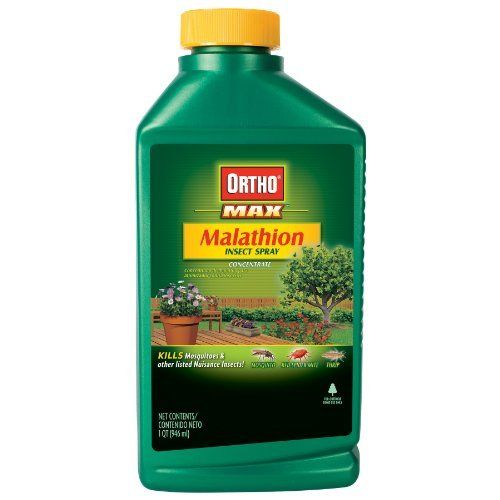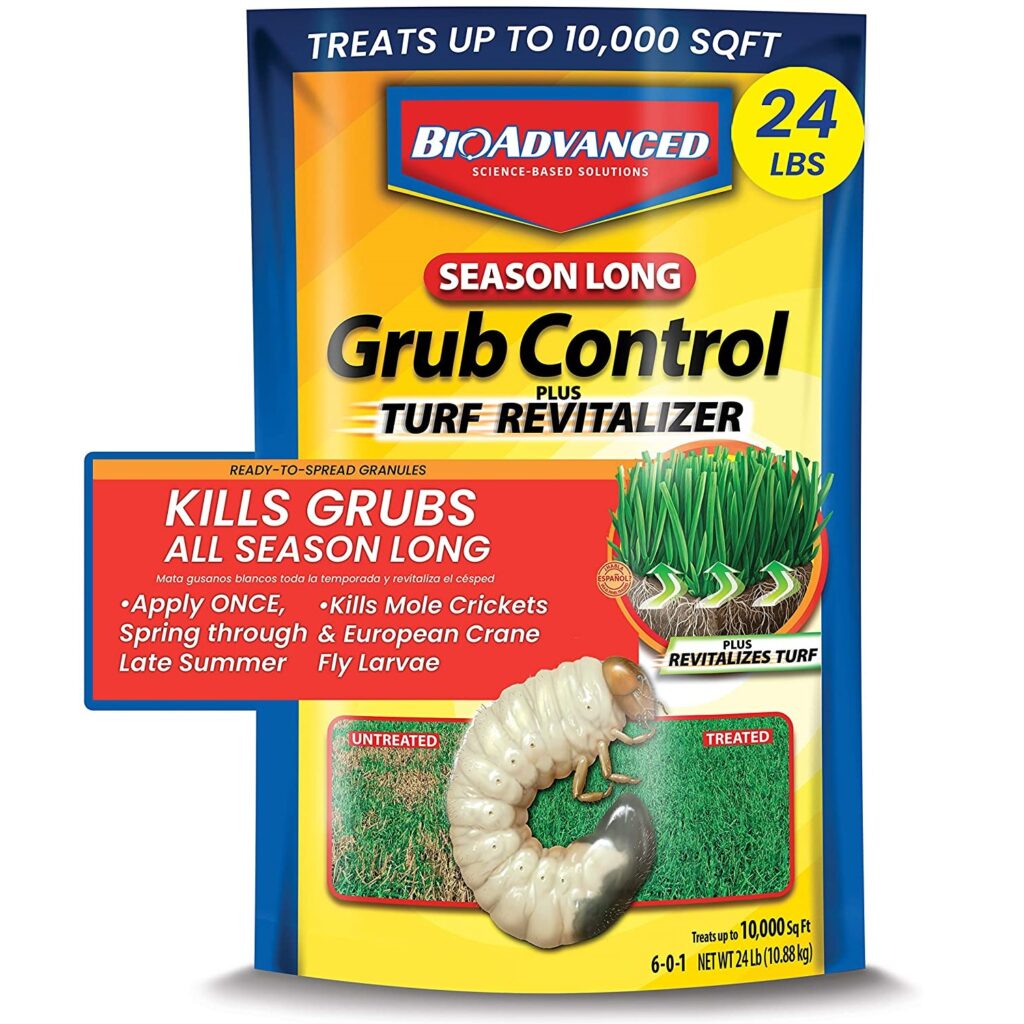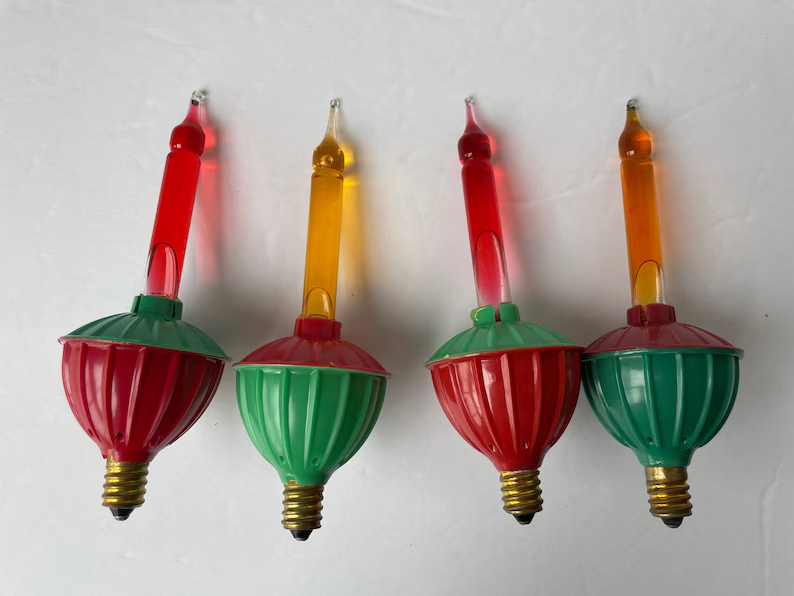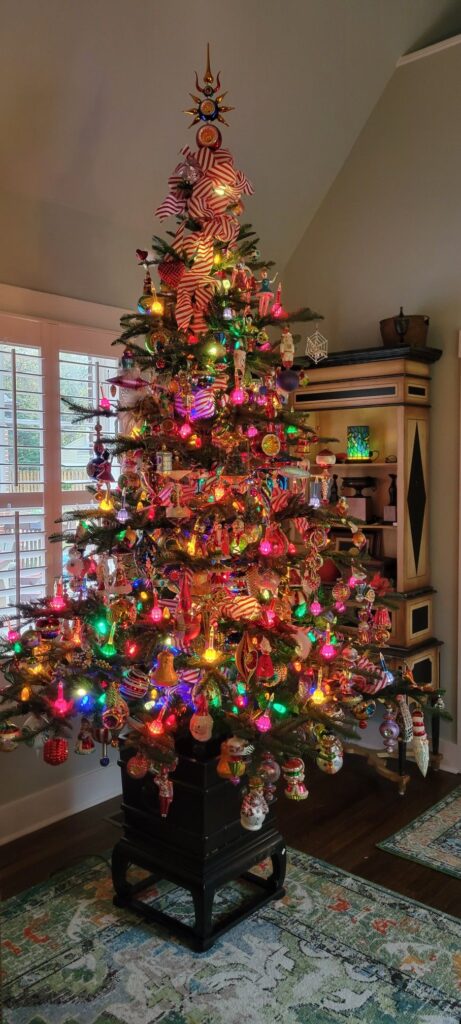Several effective methods can make your house smell clean. Regular cleaning is fundamental. Vacuuming and dusting regularly will remove dust and dirt that can harbor odors. Ensure you wash bedding and linens frequently, including bed sheets, pillowcases, and cushion covers. Additionally, taking out the trash regularly prevents bad smells from accumulating. Don’t forget to deep clean carpets and rugs periodically, as they can trap odors over time.
Natural air fresheners are a great way to maintain a fresh-smelling home. Opening windows to let in fresh air can help ventilate and remove stale odors. House plants not only improve air quality but also add a fresh scent to your home. Using essential oils in a diffuser, such as lavender, eucalyptus, or citrus, can provide a natural and pleasant fragrance.
Baking soda and vinegar are excellent for neutralizing odors. Placing bowls of baking soda around the house can absorb unpleasant smells. You can also sprinkle baking soda on carpets before vacuuming to freshen them up. Boiling a mixture of water and vinegar on the stove can help eliminate strong odors in the kitchen.
Homemade air fresheners are another effective option. Simmering pots with water, lemon slices, cinnamon sticks, and herbs like rosemary or mint can create a fresh aroma throughout your home. Mixing water with a few drops of essential oil and a tablespoon of baking soda in a spray bottle makes for a great homemade air freshener.
Regular maintenance of appliances is crucial. Clean your refrigerator, dishwasher, washing machine, and oven regularly, as these can be sources of bad odors. If you have pets, keeping their areas clean by washing pet beds and litter boxes frequently is essential.
For additional odor control, use activated charcoal, which is highly effective at absorbing odors. Scented candles and wax melts can provide a quick and lasting fragrance boost. Consider using an air purifier to help remove odors and improve indoor air quality.
By combining these methods, you can ensure your home smells fresh and clean, creating a pleasant environment for you and your guests.




